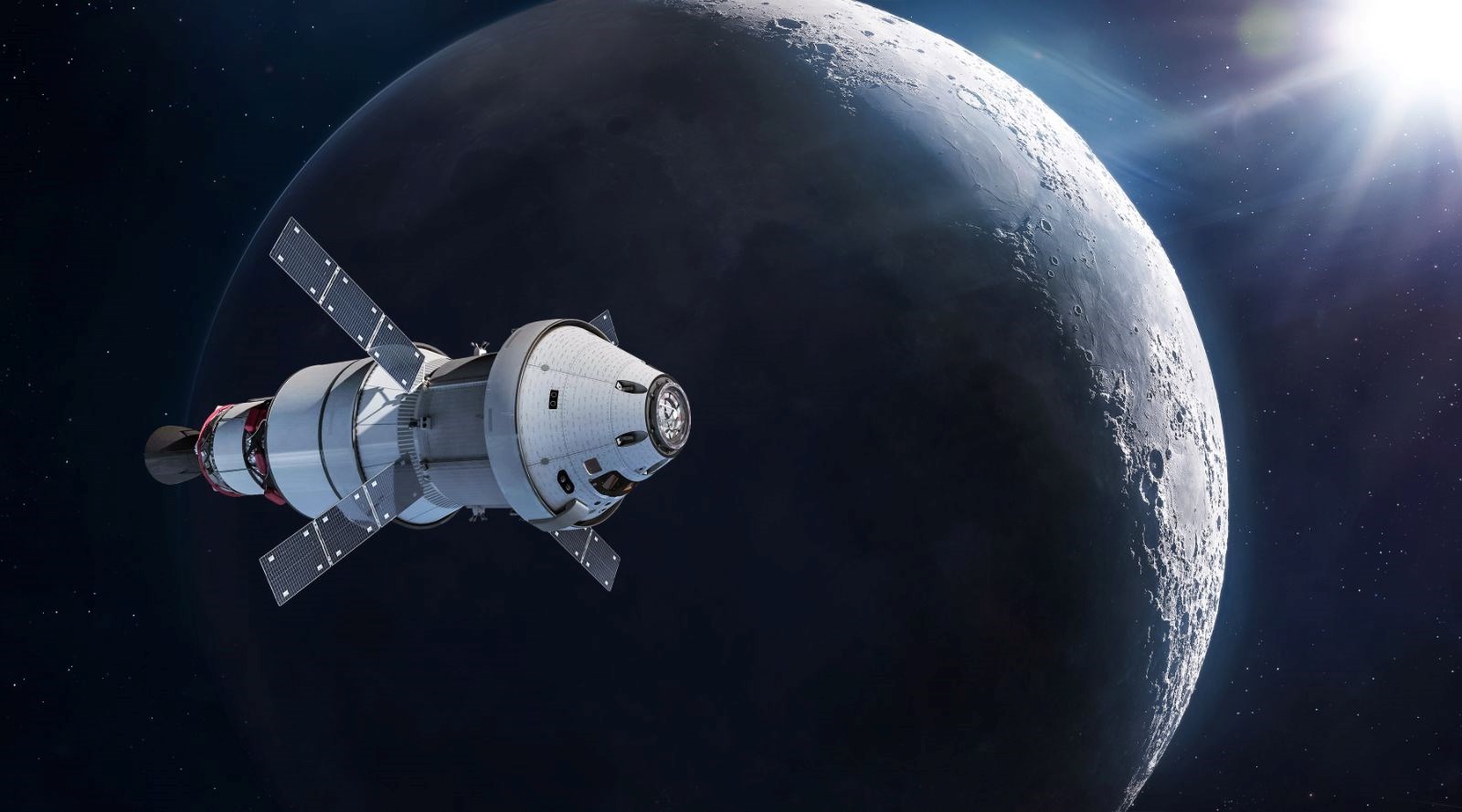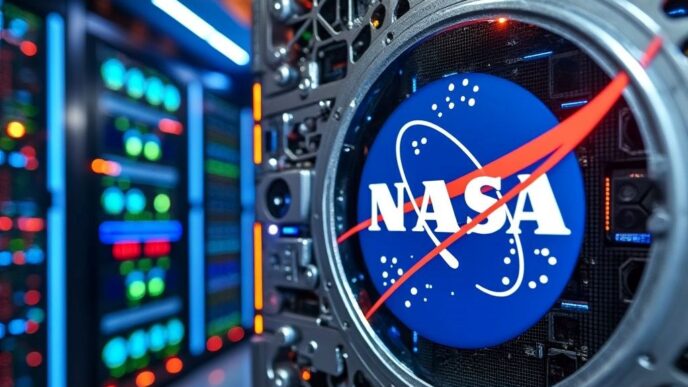Scientists plan to develop laser technology inspired by photosynthetic bacteria for travel to Mars. This method aims to collect sunlight, convert it into chemical energy and transmit it into space with laser beams. While this technology is aimed to provide sustainable energy for Mars missions, it is estimated that it can also be used to produce clean energy on Earth.


In addition, lasers can be effectively reproduced in space by making them from organic materials instead of flimsy artificial components.
This means that the lasers can be kept running without having to send spare parts from Earth.

“Regular sunlight is usually too weak to directly power a laser, but these special bacteria are incredibly effective at collecting and directing sunlight thanks to their complex light-collecting structures,” says Professor Erik Gauger from Heriot-Watt University’s Institute of Photonics and Quantum Sciences.
According to Professor Gauger, these bacteria can increase solar energy.

Scientists will develop these structures in both natural and artificial versions to create new laser materials.

The technology could not only facilitate missions to Mars, but could also provide clean, wireless energy solutions on Earth.
“If our new technology can be built and used on space stations, it could help generate energy locally, and even offer a way to send energy to satellites or to Earth using infrared laser beams,” Professor Gauger added.
The scientists will start by studying bacteria that have evolved to capture every single photon of light they receive.
These components will then be transformed into a new type of laser material for testing in larger systems.

SpaceX’s Starship, the world’s most powerful rocket, is preparing for its sixth test flight as it continues to develop its capabilities for future Mars missions.
The spacecraft will play a key role in both NASA’s lunar missions and SpaceX CEO Elon Musk’s vision of colonizing Mars.
China is also making progress in space, with plans to return soil samples from Mars by 2031 with its Tianwen-3 mission.
Bacteria-based laser technology could provide a sustainable energy solution for these ambitious Mars missions, solving one of the biggest challenges in space exploration.













